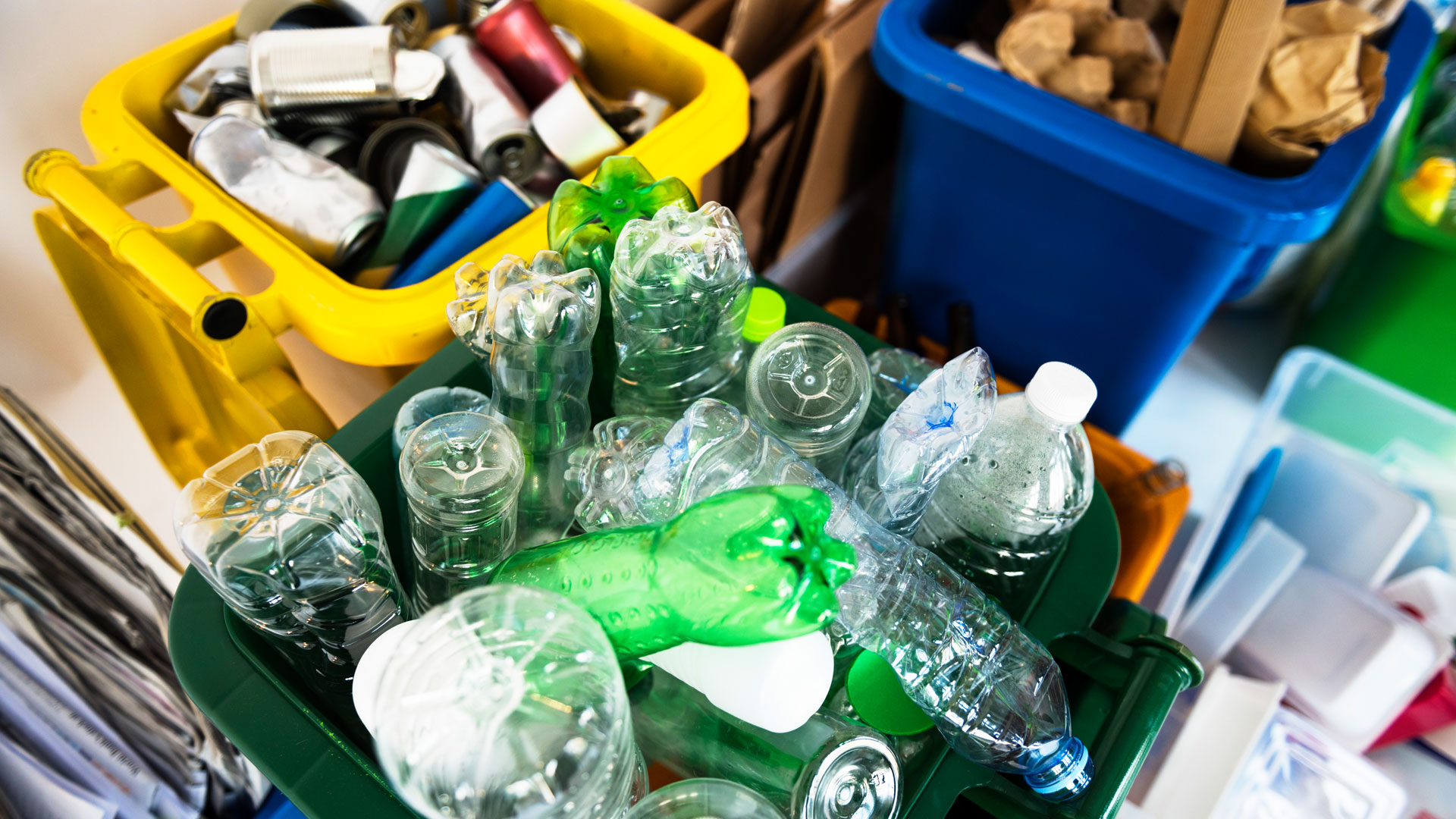It all started with a sense of fun. Through numerous exhibitions throughout Germany, a considerable amount of packaging waste accumulated in Michael Strogies' studio - mainly corrugated cardboard and plastic film, often combined in such a way that they could hardly be separated. One day, the artist had an idea: Why not use the packaging material in the same way as the packaging contents to take sustainability to a new level?
What initially began as an anarchic idea - the attempt to remove the elitist touch from art by using waste instead of precious materials such as pigments or gold - quickly developed into a serious confrontation with the topic. Collages were created that were initially used as backgrounds for photo shoots. But the more Strogies worked with the material, the more he discovered the diversity and different characteristics of plastics.
In the next step, Strogies entered the third dimension and began to build sculptures from the materials he had collected. He created poles that were a mixture of trees and human figures. Consequently, he added plants to these ‘trees’ and also made human figures, which he affectionately called ‘trash zombies’. These artworks culminated in the exhibition ‘Kunst-Stoff-Raum’ at the Adventure Zoo in Hanover, Germany.
Waste as a mirror of our society
In addition to the artistic designs, Strogies was also interested in the psychological aspect of waste. Discussions with experts from the recycling industry showed that the problem of the circular economy lies less in the system itself and more in the consumer - the weakest link in the chain. In his work, Strogies studied this phenomenon and realised that the use of plastic waste in art is highly polarising. Many people react with fear or rejection, even though acrylic paint has long been established in art and is ultimately just some kind of plastic as well.
Trashmates as companions
The idea for the ‘Trashmates’ was born from these observations. If people were already aware of what was happening, there would no longer be a need for pointing a finger of criticism, but rather a friendly, humorous reminder in everyday life. Strogies is sure that it is not the threat of disaster that leads to a change in behaviour, but positive visions and the joy of a life without problems. Like a smoker who suddenly smells the flowers again and enjoys the fresh air while running.
The ‘Trashmates’ (mate = companion, buddy) are figures made from packaging waste and placed in public spaces - in other words, where the consumption is taking place. They are intended to inspire people to think about these issues in a charming and provocative way. Strogies likes to compare them to the stumbling blocks in our city centres, which briefly remind us of our history. In this way, the Trashmates become everyday companions that playfully remind us of the responsibility we bear for our planet.

